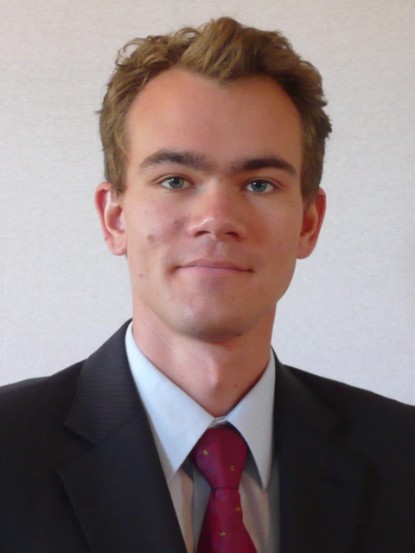Dr.-Ing. Silvan Schneider
Arbeitsgebiet(e)
Kontakt
Future combustion processes need to be described precisely to allow reasonable development time and predictability of technical behavior. Therefore a fundamental understanding of flames and combustion processes is necessary. Models predicting thermo-kinetics and velocity fields of highly turbulent flows strongly depend on reliable data allowing validation and verification. Thus experimental investigations are needed providing this data.
Methods
Laser spectroscopic techniques are a very efficient, non intrusive method providing various data about turbulent reacting flows. Laser spectroscopy is a sensitive state-of-the-art technique featuring the possibility of high spatial and temporal resolution measurements. Thus important parameters describing combustion processes like e.g. the scalar dissipation rate can be obtained. Simultaneous Raman and Rayleigh scattering (1D) is used to obtain both major species concentrations apparent in the combustion process and the temperature on single shot basis. For this a high power laser pulse is focused into the probe volume. The inelastic Raman scattered light is collected, dispersed by a transmission grating and subsequently the different wavelengths are detected using a sensitive CCD camera. Simultaneously the elastic Rayleigh scattering is recorded.
Flames investigated
At the test bench several burner geometries are available to investigate different flame types. Especially highly turbulent premixed flames are examined. Additionally stratification effects caused by altering spatial equivalence ratios and shear effects created by different outflow velocities can be investigated. The stratified burner is fired with combustibles like methane and hydrogen mixed with carbon based gases.


